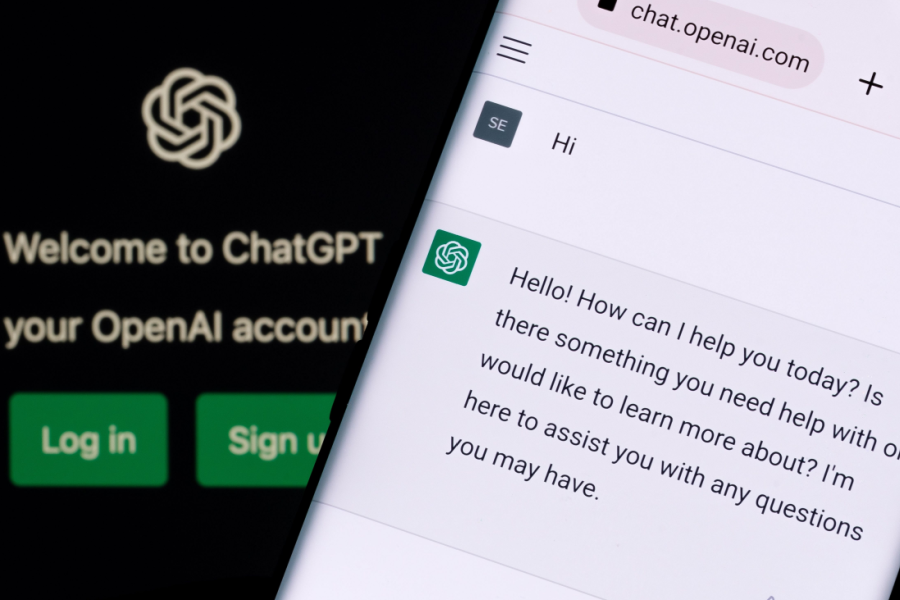Audit. If the word intimidates you, you’re not alone. Thanks to CMS efforts to crack down on fraud, waste and abuse, the frequency of audits will increase. You may not be able to avoid one, but you can prepare for an audit by following these tips:
Review the written on-site audit notification
When you receive audit notification, assess it and determine whether the scope of the notification is lawful in your state. Review the contract with your Pharmacy Services Administrative Organization (PSAO) if you have one, and review the audit terms and conditions in the pharmacy benefit manager’s (PBM) provider manual.
If you’re not 100 percent up to speed on your state’s insurance code, contact an attorney or consultant for legal advice. State laws don’t necessarily apply to claims from self-funded plans, which are governed by ERISA, so make sure your attorney knows the difference and how it impacts your rights when audited.
If you learn that your notification violates state law, ask for a re-notice to comply; don’t be intimidated into waiving your rights by the auditing entity.
Determine whether you’re available at the time and date set for the audit. If not, reschedule rather than assign the task to staff. Get the new date and time in writing.
Ask about the scope of records to be reviewed. Figure out what you will you need to have on hand, and plan to locate any records that may be off-site.
Create an on-site audit box or file
This file should hold everything pertinent to your audit, including your:
- Audit notification
- Notes, correspondence, documented telephone conversations, etc.
- Contract with the auditing entity, including all supplements and amendments
- Pharmacy services manual with the entity
Keep everything in chronological order with your most recent information on top.
Contact your auditing entity
Once you’ve determined that the audit notification is legitimate, confirm your availability and ask which policies and procedures will govern how the audit occurs. Ask why your pharmacy was selected for audit, and request a copy of the prescription numbers to be audited. You may not receive a response, but making the effort may help you figure out your strategy.
Connect with other pharmacy owners and organizations
By asking your peers and connections whether they too have recently been audited by the same auditing entity, you can learn about the process, the outcome, and possibly some pitfalls to avoid. Take notes and keep them in your file.
Prepare your staff
Let them know when the audit will occur, and articulate what you expect of them during the audit. Instruct them not to communicate or interact with the auditor and to direct all questions to you.
Get organized
Put your records in order, and prepare your pharmacy for the audit. Make space for the audit to take place away from your drug shelves, records, and computers. Bring your records to the auditor rather than allowing them to follow you around your pharmacy.
Conduct a self on-site audit
Your written on-site audit notification should tell you the range of hard copies and the signature log required for review. Conduct a random sampling of this range, paying special attention to:
- Original prescriptions for refills
- Order of delivery records
- Correct DAW codes and NDC numbers maintained
- Proper signature logs maintained
- Compound prescriptions
- Consider videotaping the on-site audit
Recording the on-site audit with audio and/or video equipment is allowed, so decide ahead of time whether to do so and become familiar with the equipment. If you involve other staff in videotaping, don’t allow them to communicate with the auditor. If the auditor balks at your videotaping, explain that it’s for record-keeping or training purposes. If the auditor still objects, take detailed notes during the audit instead.












